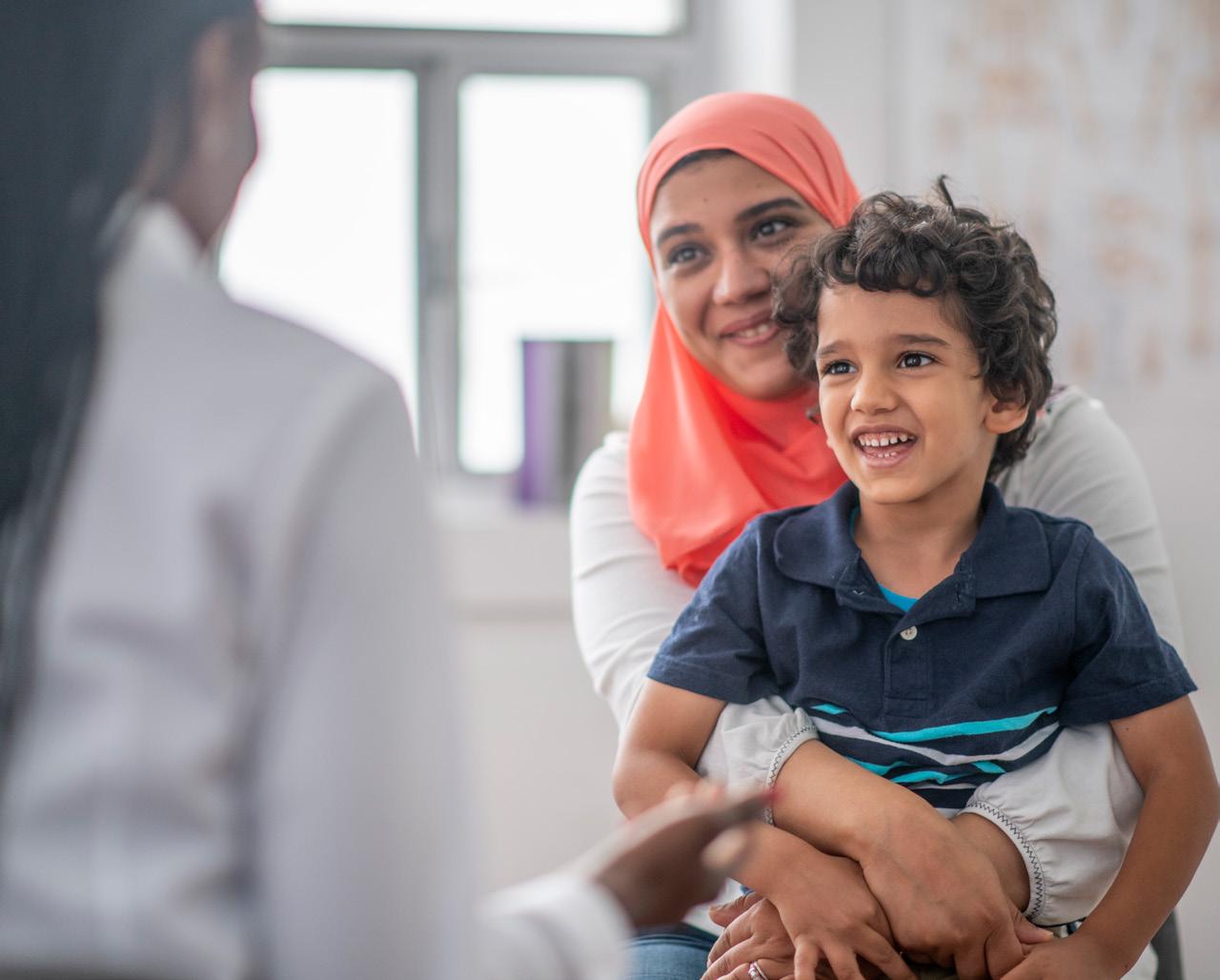MD ad
ABOARD A MERCY SHIP Saskatoon anesthesiologist helping change lives as volunteer on stateof-the-art hospital ship
By Greg Basky For Dr. Gary Morris, the opportunity to make a dramatic difference in the lives of the patients he sees on the other side of the world is what keeps him coming back to West Africa as a volunteer with Mercy Ships. The Saskatoon anesthesiologist recently returned from his ninth volunteer stint with the humanitarian organization, which uses state of the art hospital ships to provide free world-class care to some of the world’s most underprivileged nations. Dr. Morris first signed on years ago because he was drawn to the Mercy Ships model: Pull into port on a ship outfitted with the latest medical equipment, stocked with medication, and staffed with a full complement of medical professionals – then stay there long enough to see all your patients right through their recovery and rehabilitation. Many of the procedures medical staff offer to local residents – such as cleft lip and palate repair, or reconstructive plastic surgery for maxillofacial tumors and pediatric orthopedic deformities – are not available in the countries Mercy Ships visit. The impact of this work can be life changing, according to Dr. Morris, whose tours of duty are usually two weeks long. For example, because of traditional beliefs in some places, children born with a cleft lip are thought to have a spiritual force on them. Child and mother might be banished from their community with no support. “But they come in, have their 45-minute surgery, spend about four days recovering on the ship and remarkably they are now accepted and welcomed back to their community.”
Similarly, cataract surgery – now a pretty routine 15-minute procedure – is common for people living in the developed world. “But for someone who can’t function at the market and needs to be led around by a grandchild, this simple procedure changes their life. Not only is their sight restored but so is their status and impact in the community. You should feel that way about everything you do, but there you really get the impression that you’re making a difference for the people you serve.”
Everyone on board contributes to care Because Mercy Ships vessels are docked for up to 10 months at a time, patients’ procedures can be scheduled to allow for staged surgical reconstructive procedures or for several months of physiotherapy prior to discharge. Careful patient selection, combined with site-appropriate surgical procedures and meticulous post-op care, yield excellent results. The Africa Mercy can accommodate up to 100 patients, with another 400 staff – including medical volunteers – plus all of the crew required to run a ship such as captain and engineers, electricians, food services, and housekeeping. Africa Mercy drops anchor in late August or early September – often in West Africa – then sets sail again in late May or early June. After all of the patients have been discharged, the vessel charts a course for the Canary Islands, where over several weeks it is refitted for the journey to the next port. Everyone who works aboard Mercy Ships sea-going surgery facilities – medical staff, captain and crew, housekeeping, Halima Mela food services – is a volunteer. That creates a pretty special
SMA DIGEST | FALL 2020
41
















